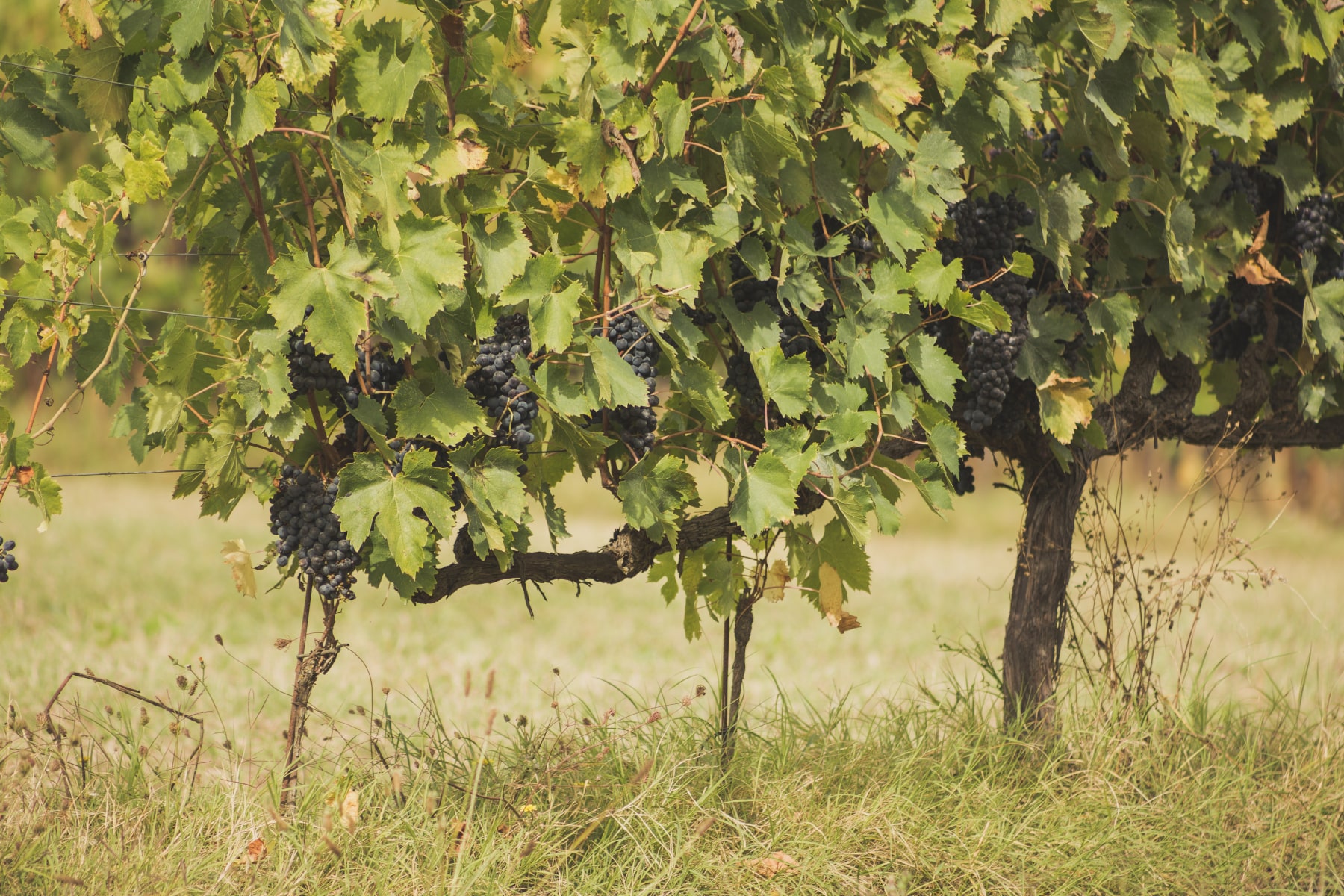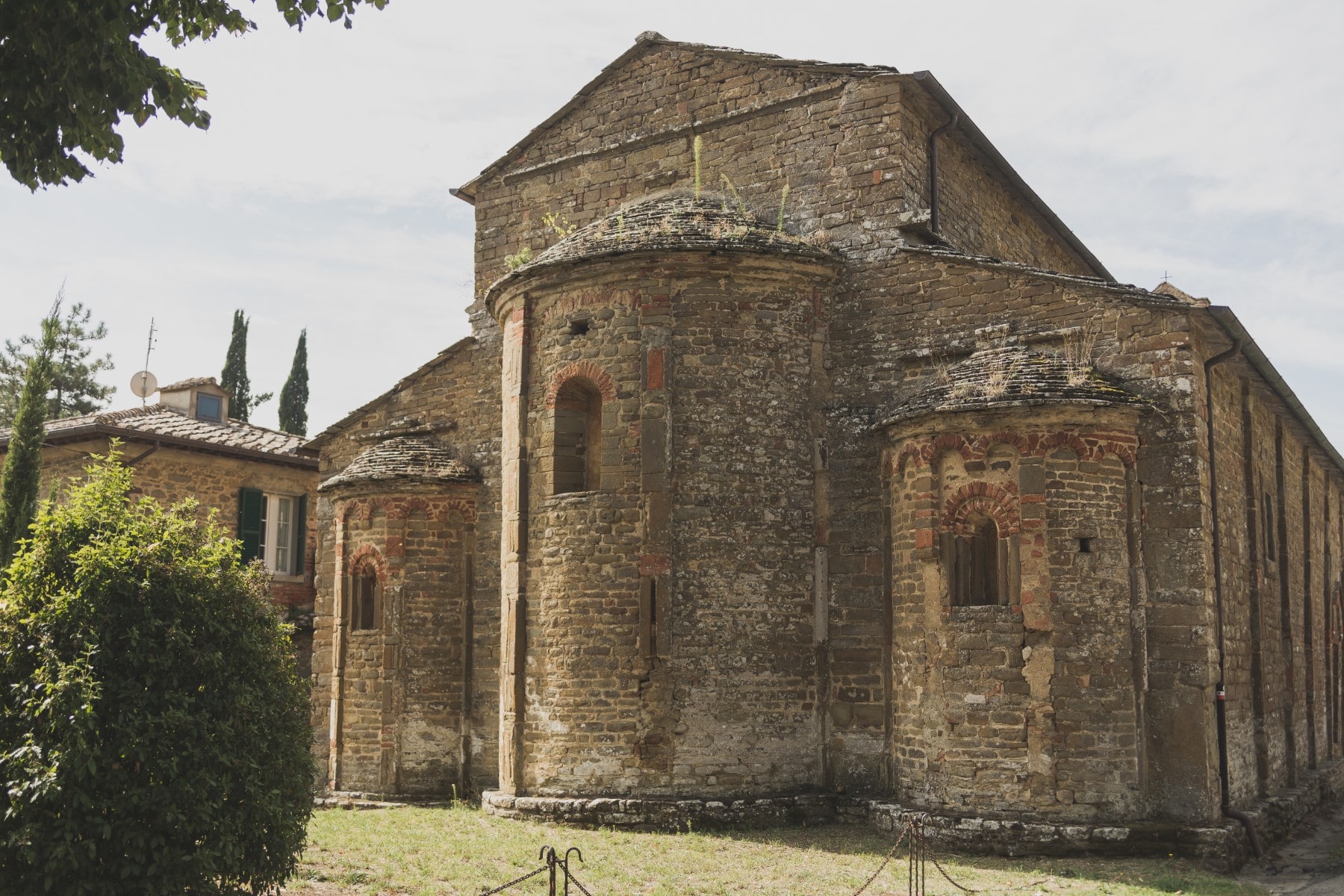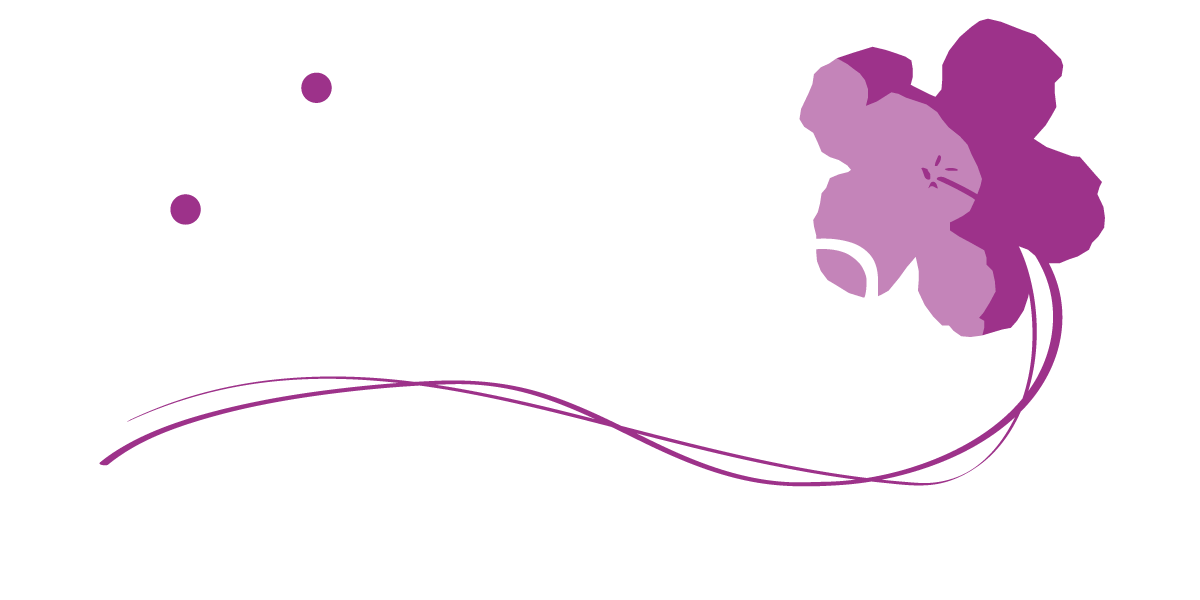Curiosities, culinary culture, and traditions along the Via Lauretana
Crossing the Valdichiana from Valiano to Cortona meant, for centuries, traversing unhealthy expanses of water and foul swamps.
This landscape, very different from what it looks like today, is reflected in the place names scattered across the territory, in historical events, and in stories tied to popular tradition. Saint Margaret, the protector of Cortona and a guide for travelers on this route, began her path of redemption precisely between Valiano and the areas of Petrignano sul Lago, before reaching Cortona, where her journey of penance and beatification originated.
It is said that, during her journey, she nearly lost her life by drowning in the swamp, and that it was the hand of God that saved her from certain death. The treacherous nature of the territory has inspired stories and legends of unsettling characters. One such figure is the Vecchiaiola, an especially restless witch who was constantly carried by the wind, her only occupation being to create whirlwinds and devastate fields and orchards. The “Morte Secca” (Dry Death), a terrifying specter depicted as a deformed and phosphorescent skeleton, was said to haunt country paths, ancient villages, and mule tracks, frightening travelers and passing pilgrims.

The Tuscan Via Lauretana passes through territories known for their exceptional food and wine culture, deeply connected to the rural world. This tradition has its roots in ancient Etruscan civilization and is expressed through high-quality, authentic products, such as fine wines and olive oil, from the vast vineyards and olive groves you can admire throughout the route.
The Syrah grape is now a recognized excellence of the Cortona area, but recently, another local product has gained prominence: Aglione, a large-sized garlic variety with a delicate flavor, grown exclusively in the Valdichiana and primarily used to season pici pasta.
As for meat, the undisputed star is the Chianina IGP, Italian cattle breed whose origin lies in the Valdichiana of Arezzo and Siena. The so-called “white giant” features in many folk tales linked to rural life. In Etruscan times, the bull was considered a symbol of fertility, fecundity, and prosperity, and the careful selection of cattle breeds to obtain larger, stronger animals began during this era. Once a working breed, the Chianina is now raised exclusively for its high-quality, protected-origin meat.
Rich in history, art, and culture, the Valdichiana is also a region of deep religiosity and strong agricultural vocation. Throughout the year, it is easy to come across sacred festivals, village fairs, historical reenactments, and propitiatory celebrations.
The traditional Valiano Fair, established by Grand Duke Leopold, has been held annually on August 10 without interruption since 1782, celebrating the Chianina cattle breed.
Also in Valiano, the fourth Sunday of September is eagerly waited for the Palio dei Carretti: six districts compete for the conquest of a painted banner, the “palio,” in a speed race down the steep slope through the village.
In Cortona, the Giostra dell’Archidado takes place on the second Sunday of June, preceded and accompanied by medieval markets and reenactments. During the Giostra, Cortona’s neighborhoods compete in a crossbow contest, commemorating the grand celebrations held in 1390 for the marriage of Francesco Casali and Antonia Salimbeni.




Design by Iperattiva